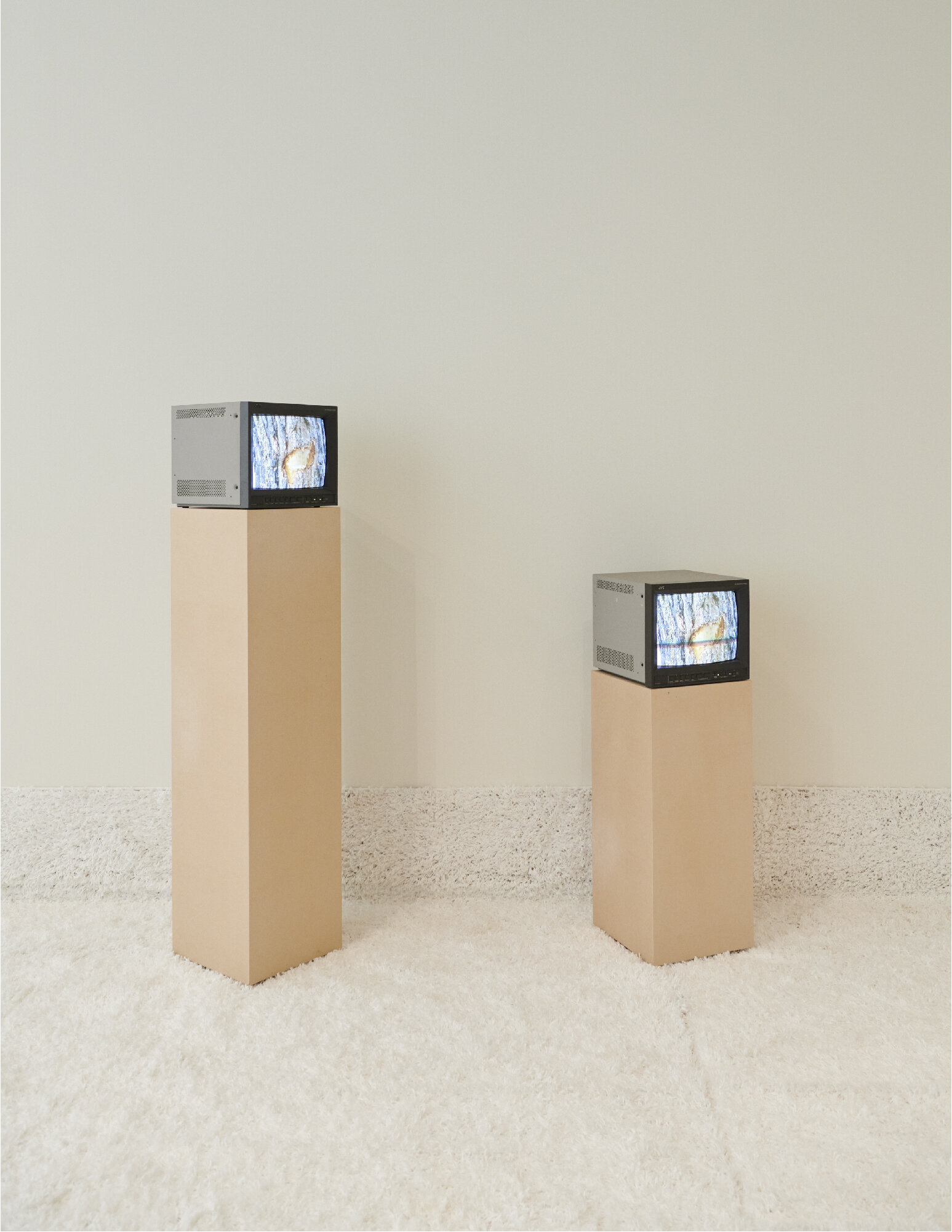Aika Akhmetova
Bio: Aika Akhmetova is a New York-based artist, originally from Kazakhstan, Almaty. Their work references indigenous Kazakh traditions and rituals, often manifesting in sculptures, videos, performances and writings. Finished pieces bring up themes of queerness, abjection, tradition, norms and violence. Akhmetova has exhibited in the US and Kazakhstan. Their work is in the Public Collection of Art of Kazakhstan. Akhmetova studied Painting at Rhode Island School of Design and is currently an MFA candidate at Columbia University. They currently live and work in NYC.
www.aikaakhmetova.com
Instagram: @aigerimakh
Thesis Exhibition



Artist Statement: When I make my work I often start with a tradition, a tale or an established conservative way of doing “something,” anything. My references often are culturally specific to Kazakhstan and the traditions and rituals of the Jalayir tribe. I study the history of traditions and norms and reenact them in “the wrong way,” often upsetting the conservative side of the ritual. I like to make work that disrupts the normal from the inside out by reenacting the violence that norms inflict on me back onto the norms themselves. I think a lot about gender and queerness, and what it means for me to be simultaniously non-binary, queer, and Kazakh. What it means to exist in a space where you are either invisible and mute, or highly visible, loud, and a sudden victim of a violent outburst of “the normal.”
Recently someone described my work as “a pink ribbon around a ticking time bomb,” which in a way sums up my intent with the work. I use found objects to make sculptures, videos, performances that look and feel familiar and real, but will poison the ordinary. I am interested in the overlap of rituals and how “common knowledge” can allow the viewer to see themselves in the work, either literally by having a mirror-like surface in the sculpture, or figuratively by implicating the viewer in my body while performing.
Often, I find pleasure in the violence of my work. If it’s violence that I inflict on my own body, I find it liberating, if it’s violence towards an object, it’s a channel for a peaceful outburst. In a lot of my work I like to leave traces of being in the work or using the object, making almost all of my still sculptural pieces performative through a trace.
Performance is therapeutic to me. It’s comforting to take control and refuse to, for example, perform the ritual that was once performed on me to gender me. Since a lot of my work deals with traditions, rules, and norms, naturally it also deals with the idea of growing up, childhood, what forms us, and what hurts us. The desire to stay a child forever and never shape yourself for the gender binary and the normal, to keep playing.
Wolves Dont Cry (Height variable x 11' x 20', 12:00 minute video, Multichannel video installation, 2021)
